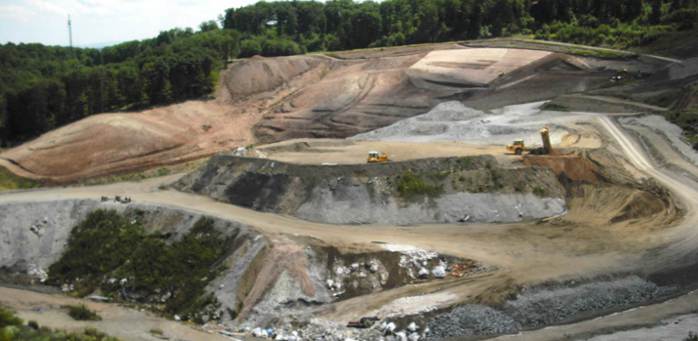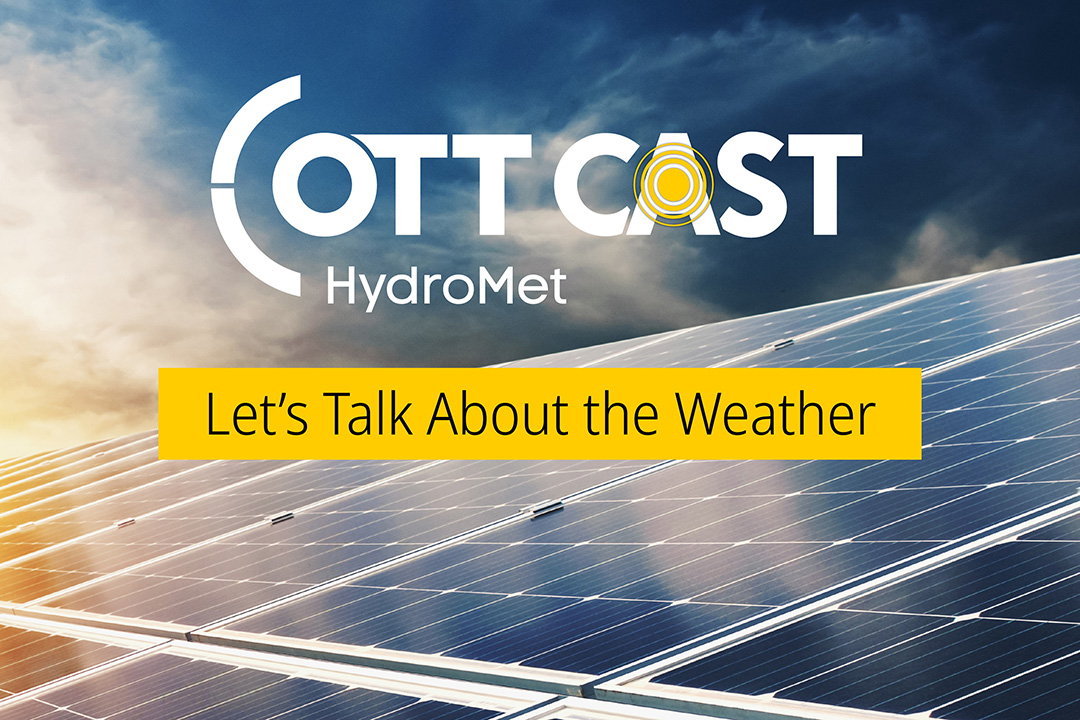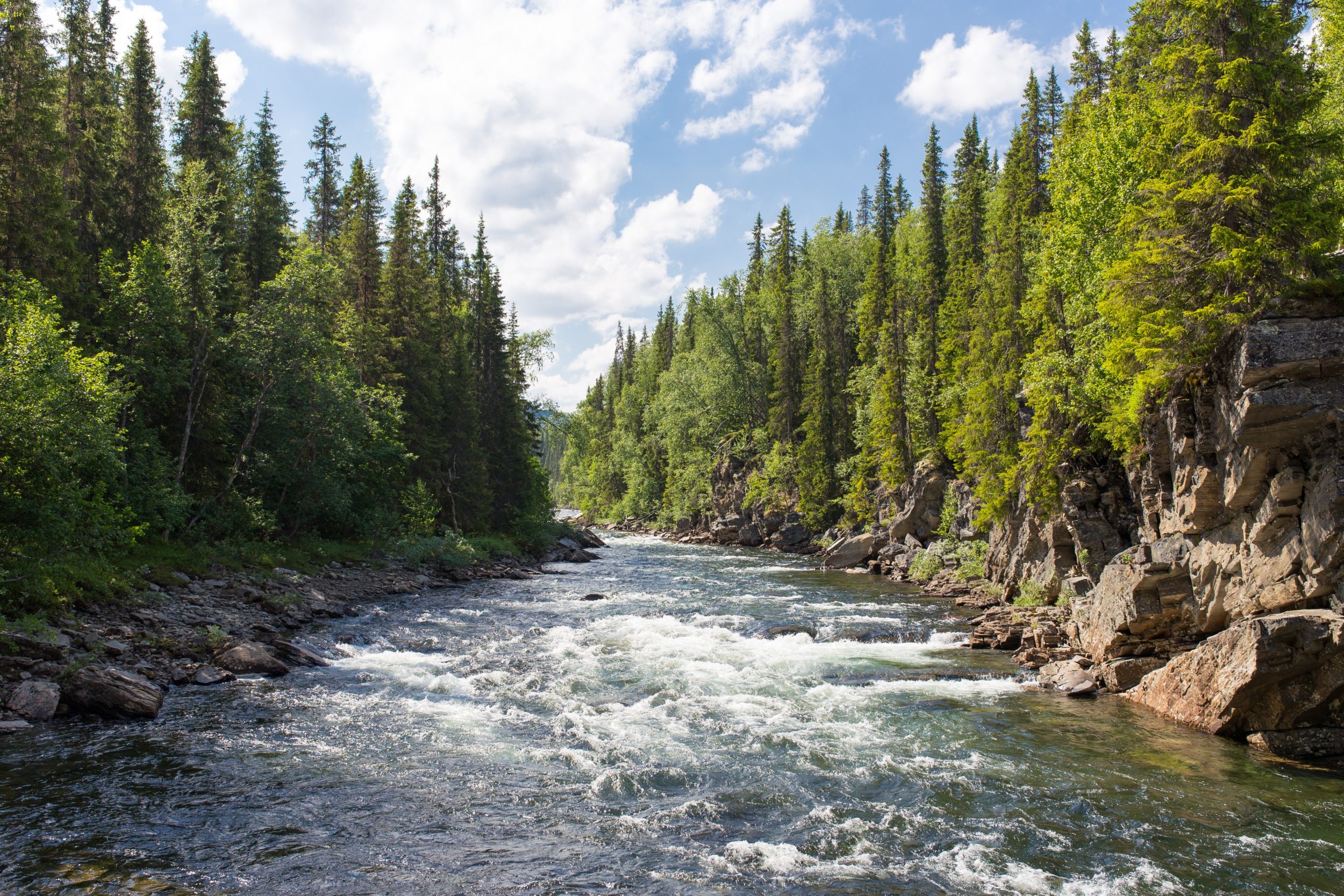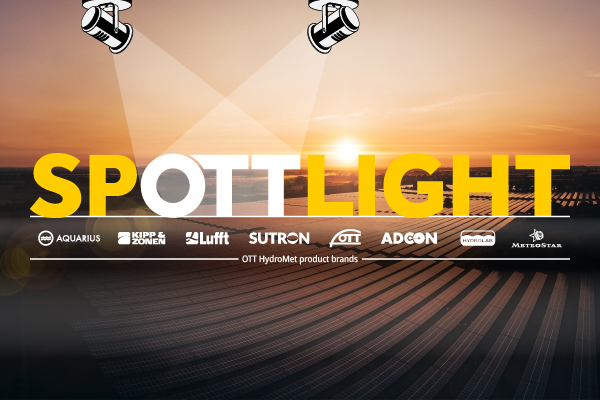Recently four local waste landfills were equipped with new UMB technique from Lufft. Thereby some old modems amongst other devices were replaced through new ones in order to achieve a faster data connection and ensure higher saftety. What else was installed and what is measured on site, you can read in the following article…

According to the landfill regulations in Germany, the owners of landfills for e.g. household, commercial waste or building rubble are obliged to collect and save different environmental data as well as information about groundwater and emissions. To these values also belong data about evaporation calculated with the help of humidity, radiation and wind figures and notifying about how much water seeps away and how much evaporates. Further important values are the wind direction and wind velocity, delivering not only facts about the possible diffusion of smells but also whether the protection foil covering the earth filled waste areas is stormproof. Moreover the precipitation has to be measured in order to get hints about how much leachate can be expected.
The waste company of Ludwigsburg county (AVL) has been Lufft customer for more than 20 years already and has equipped three landfills with our weather sensors ever since. The first weather sensor was the so-called IS10, which was installed on the landfills in Froschgraben, Burghof and Lemberg. IS10 was the first electronic environmental weather sensor of Lufft. Several years afterwards, this device was replaced by data logger OPUS200, substituting the OPUS2 data logger, which had been developed in the meantime. The old station had still transferred all data to a local computer through a telephone modem, which transported the data to the AVL data center via remote access in turn. As these formerly used modems became overaged, not only their handling was quite cumbersome but also became a security risk, because they could lose measurement values for example.
Recently on all three landfills from AVL, new Lufft UMB sensors (such as WS501-UMB, WS302-UMB and WS200-UMB) with heated rain sensors were set up. For these new stations, the data transfer is quite easy and save due to a RTU (remote transfer unit) from ADCON: The measurement values are transported to something like a cloud via GPRS, which can be accessed by the head quarter without problems. Sinekom GmbH, the local ADCON representative with his own server, takes care of the measurement data hosting, which consists of the visualization in a web portal and regular transferring to the customer’s server. All the operators of the new UMB stations have to take care for their occasional cleaning only and don’t need to trouble themselves with the data transfer or software maintenance.
On the landfill of the subsidiary “Hamberg Deponie-Gesellschaft mbH” close to Maulbronn, a weather station was searched, which should replace the sensors of another supplier used so far. The decision was made for the Lufft WS302-UMB in combination with the Lambrecht rain sensor installed in March 2014. The data is transferred to a RTU unit (remote terminal unit) through SDI-12 protocol and sent to a measurement data center from ADCON as well. The visualization takes place on the ADCON web surface addVANTAGE PRO, which can be seen in the screenshot.
Also the landfill Ramsklinge and Blumentobel of the waste company in Esslingen were converted from former OPUS2 data logger to UMB technology since November 2013. There, all relevant data are delivered by the WS200-UMB, the WS300-UMB as well as a rain sensor. Via MODbus protocol and with the help of a VPN gateway from service provider pm Technik, the values are sent to the district administration of Esslingen. It uses individual solutions for saving and evaluation of the data, which is no problem due to the MODbus protocol.
The mentioned application examples show, how customer requirements could be fulfilled easily with the help of the big bandwidth of the UMB sensor matrix, the usage of open communication protocols and the integration of competent cooperation partners.



